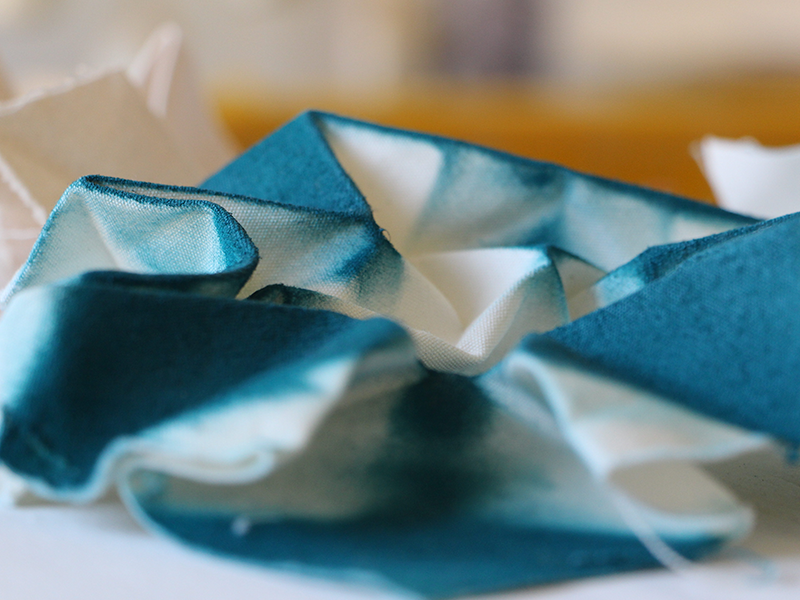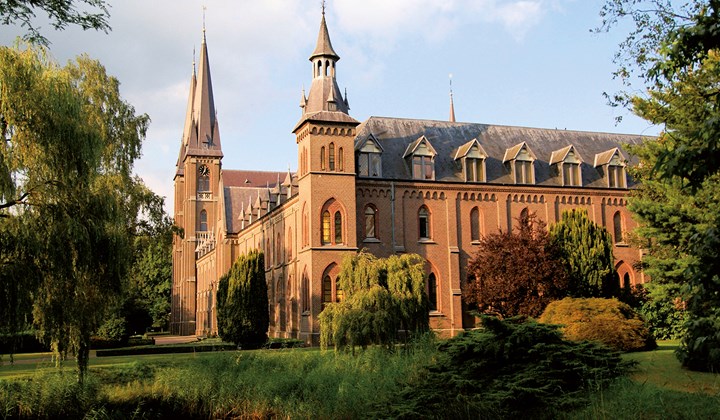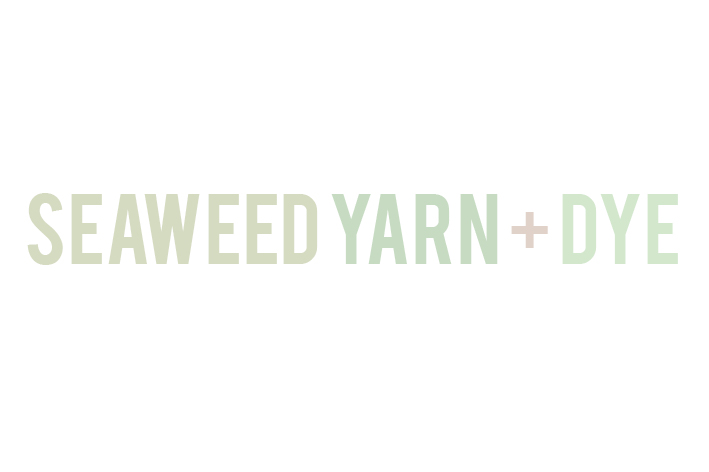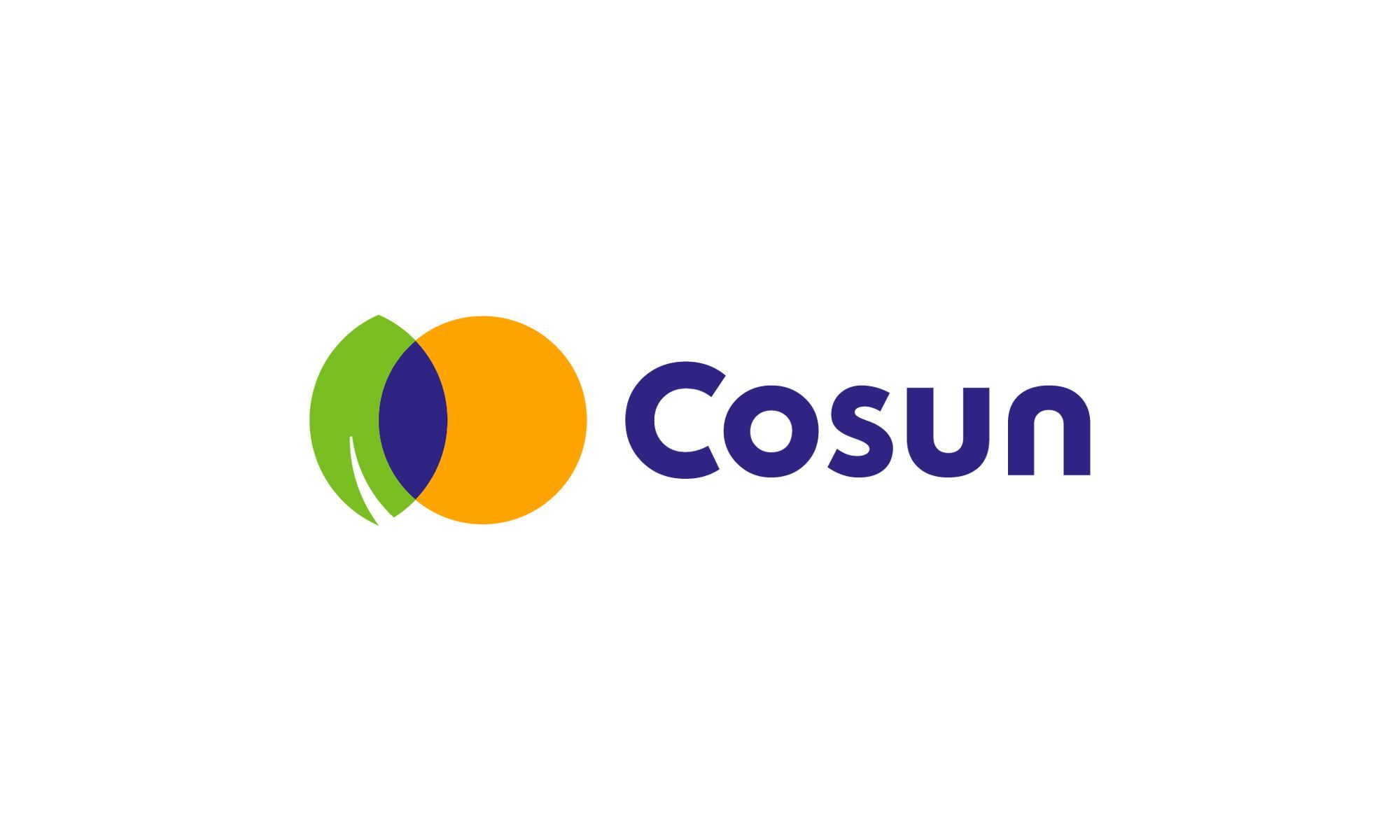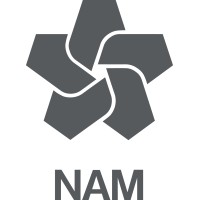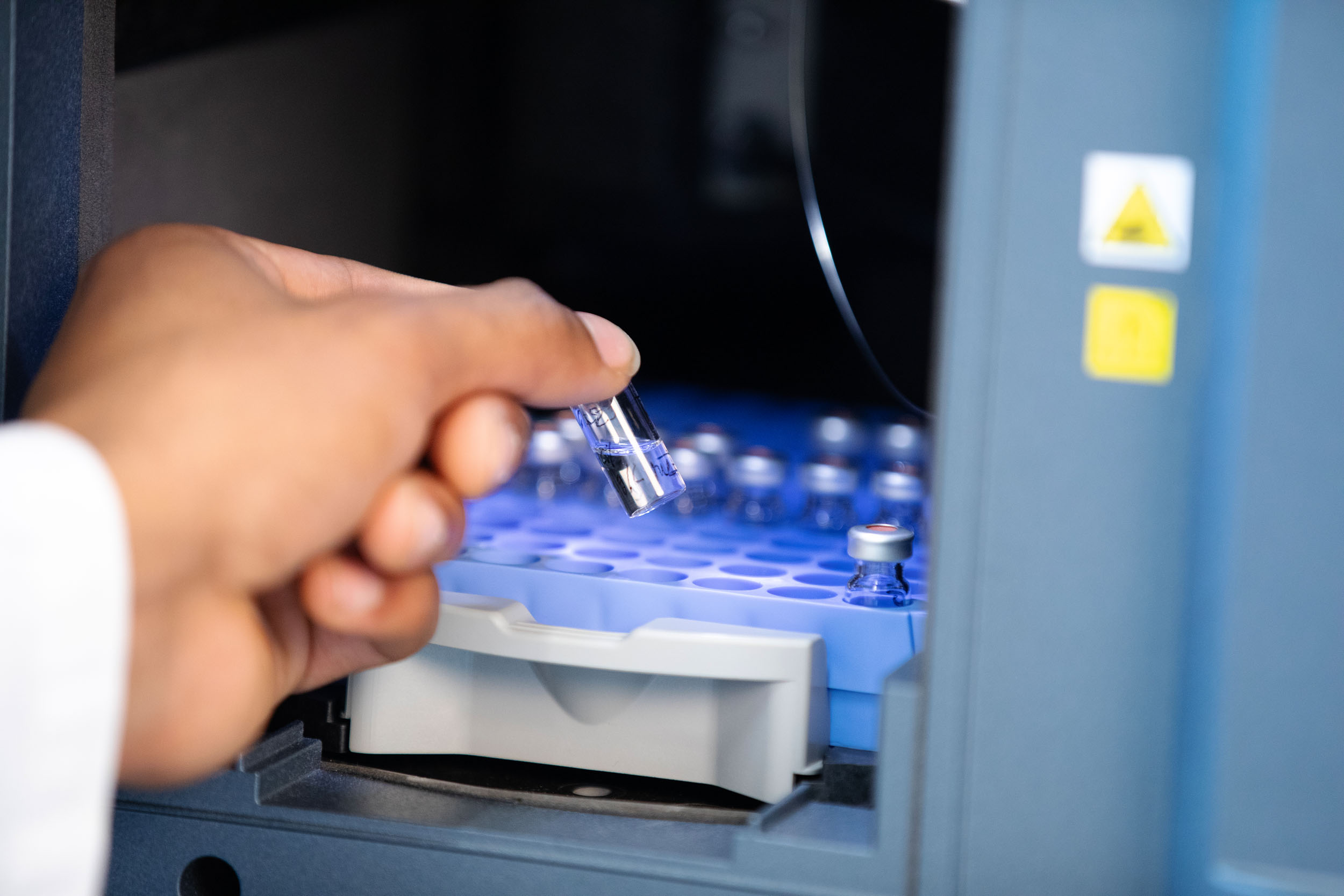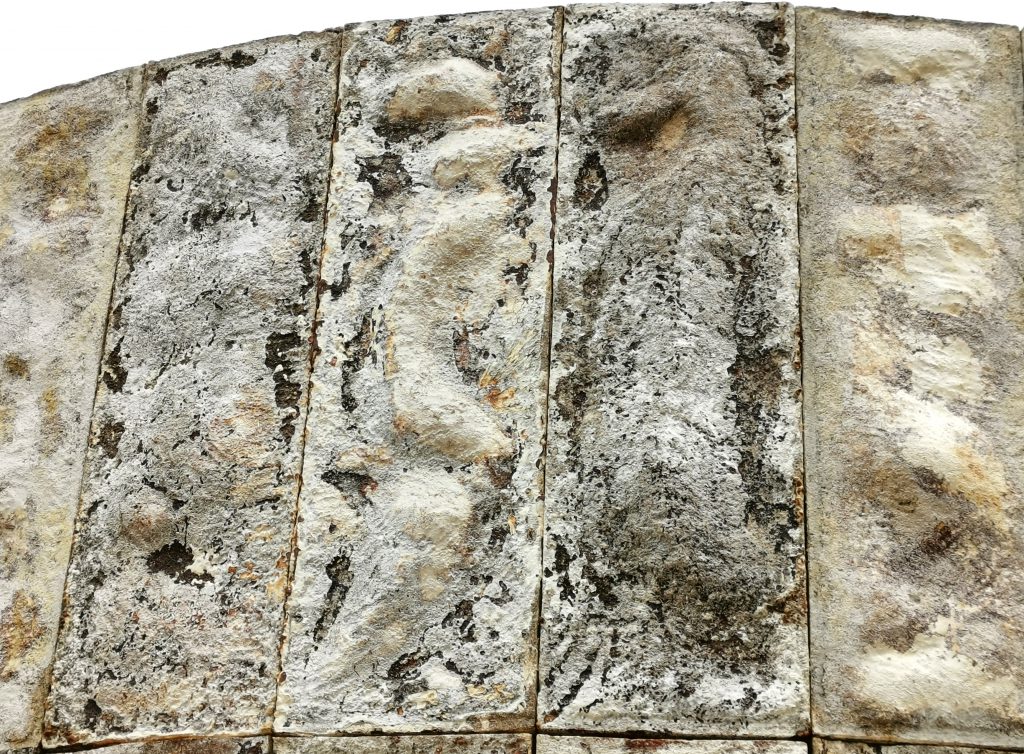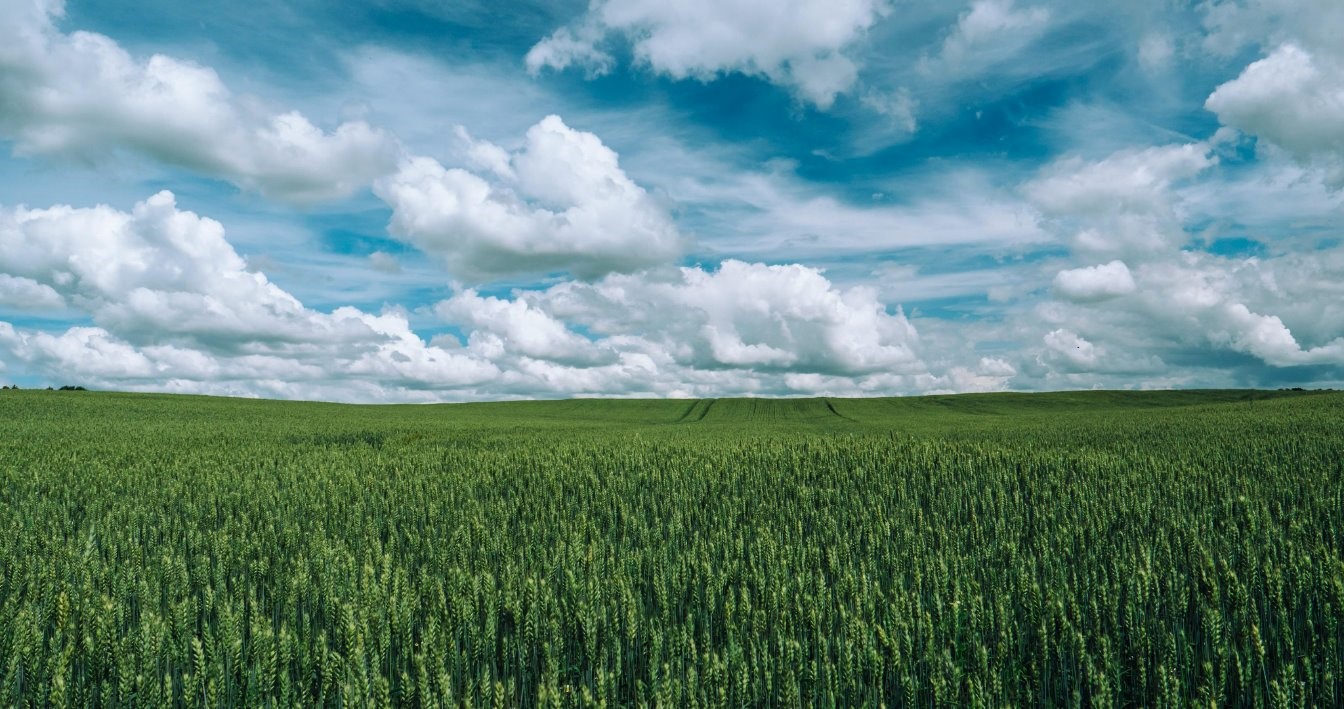Living colors is a project of Avans University of Applied Sciences (research and education), the CoE BBE, buroBELEN (art-direction) and various companies and designers such as Rubia Natural Colors, Amsterdams Grafisch Atelier (AGA), Textiellab, Rigo paint factory and textile producer Febrik.
Madder red and berry blue
Natural colors such as madder red, nettle green or berry blue have the great advantage that they can be produced sustainably. But some natural colors also have the property of discoloring or fading over time. By examining exactly how this happens, designers can actually apply that change in a smart way. This results in unique objects such as a rug that slowly fades from pink to light yellow, curtains on which a pattern slowly emerges and acoustic wall coverings that look different from every angle.
Wallpaper, carpet and living walls
During the Dutch Design Week 2015, Living Colors presented the results of the multi-year (research) project in the Van Abbemuseum. Wallpaper, living walls, various textile materials and graduation works by students of AKVlSt Joost together showed a sustainable interior with a unique character.
The Living Colors project was made possible by RAAK funding from the SIA and was supported by the Textiles contact group and the Color and Vision foundation.
20130901 until 20151130




